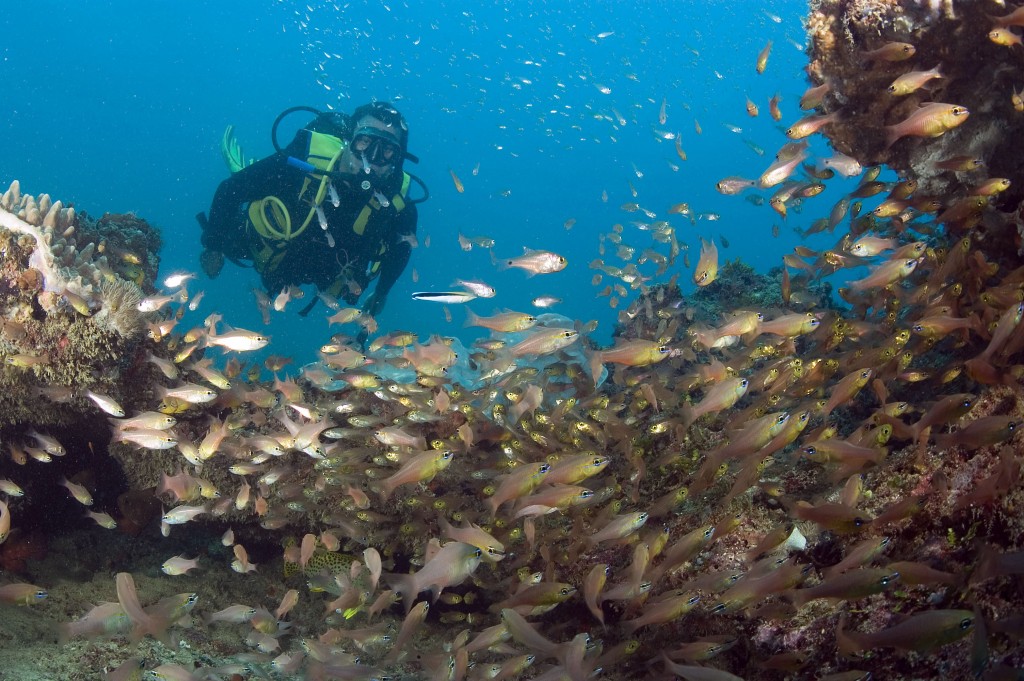The Great Barrier Reef is an excellent location for both beginner and advanced divers, boasting of a massively diverse population of both underwater wildlife and fauna. Get ready for a long weekend or an extended stay and head south for one great adventure.
Before You Start Your Adventure
A trip to the other side of the globe can get quite confusing. If you're coming from the USA, the driving lanes aren't the only thing that's reversed. Even the climate gets switched. December to February are some of the hottest days in Australia, so don't visit during the winter (your winter) and expect a cold climate. Temperatures can get hot down under. Bring light clothing and a reusable water bottle or two. The sun can be quite punishing, and UV levels can get quite high. Bring enough sunscreen (reef-safe ones) and apply them every time you go out into the sun.
Where to Stay
Airbnbs in Townsville are some of your best options if you want to take regular dives to the Great Barrier Reef. Renting a furnished house costs around A$1,400 (US$1,000), and renting a small studio will cost around half that. Townsville is located just a few minutes away to some of the best beaches in the country and is one of the closest cities to the reef.
Cairns is another option, but Townsville offers a more laid-back lifestyle, and the costs can be a bit less expensive. The city is home to more than a few divers who purchased land and settled in the town to be near the reefs and enjoy the quiet lifestyle. Property in Townsville costs half as much as those in the USA; $100,000 is enough to buy you a 3-bedroom bungalow if you decide to settle permanently.
Sights to Enjoy and Hazards to Avoid
The Great Barrier Reef holds some of the best dive spots in the world and certainly one of the most diverse. You can find fish of all shapes and sizes as well as corals, clams, starfish, and many others. The sights are marvelous, and the experience can be breathtaking. Head over to Challenger Bay and see massive coral gardens along with triggerfish, rock cods, trevally, barracuda, humphead parrotfish, and a multitude of other fish.
Larger varieties include reef sharks, stingrays, Maori wrasse, and moray eels. Fancy a wreck dive? The SS Yongala is waiting for you. The eerie wreckage has been standing at the bottom of the ocean floor for more than 50 years and is now home to a large variety of fish.
Not everything in the reef is friendly, so make sure to give the larger fish the respect they're due. Jellyfish can grow quite numerous from November to May, but you should always be wary of them every time you go in the water. Riptides in Australian waters can be quite strong. Make sure you have enough endurance before diving deep and don't push yourself to the point of disregarding safety.
Visit for a weekend or stay to your heart's content. The Great Barrier Reef will never cease to amaze, and the diver in you will always be challenged and surprised by the beautiful denizens of the deep.

